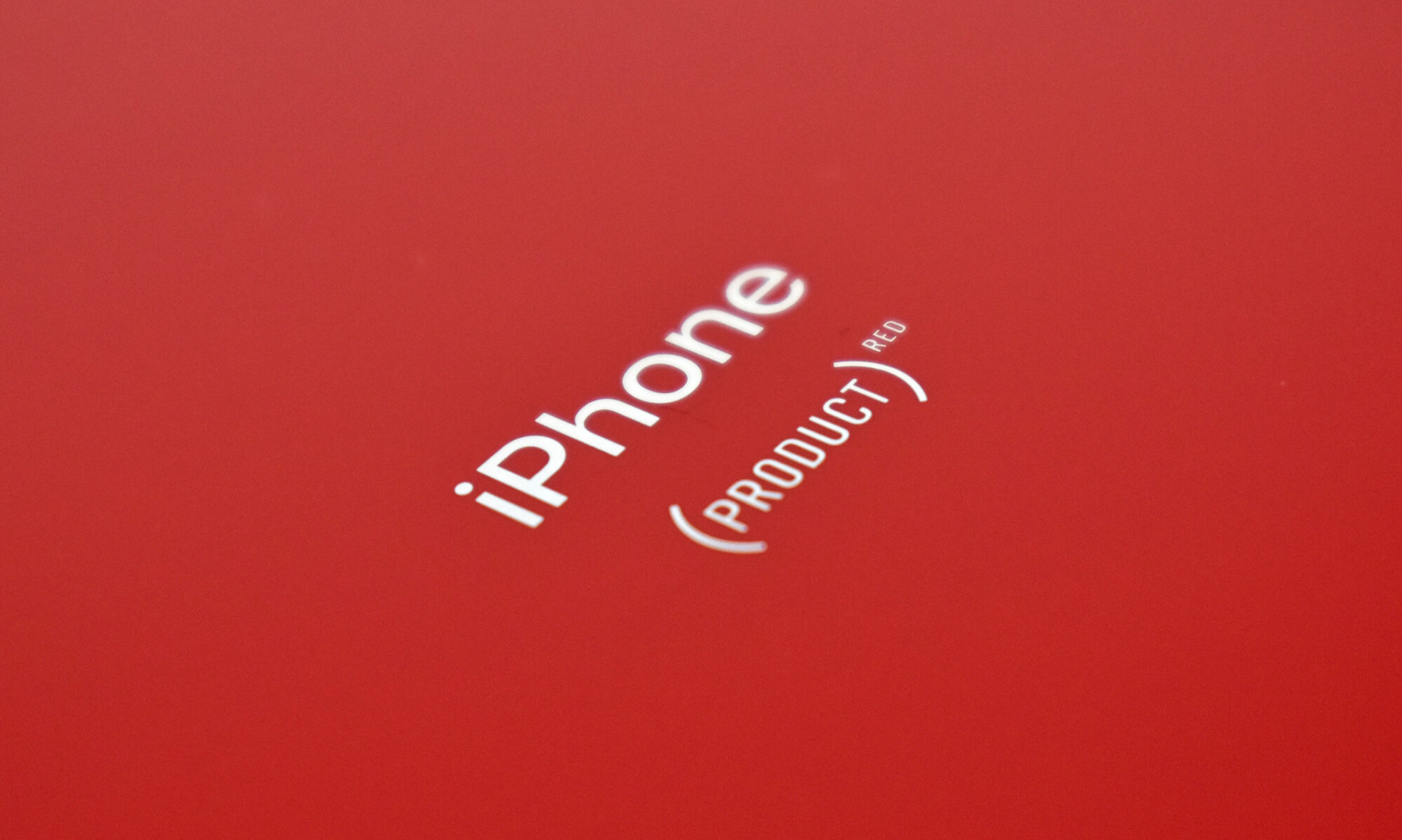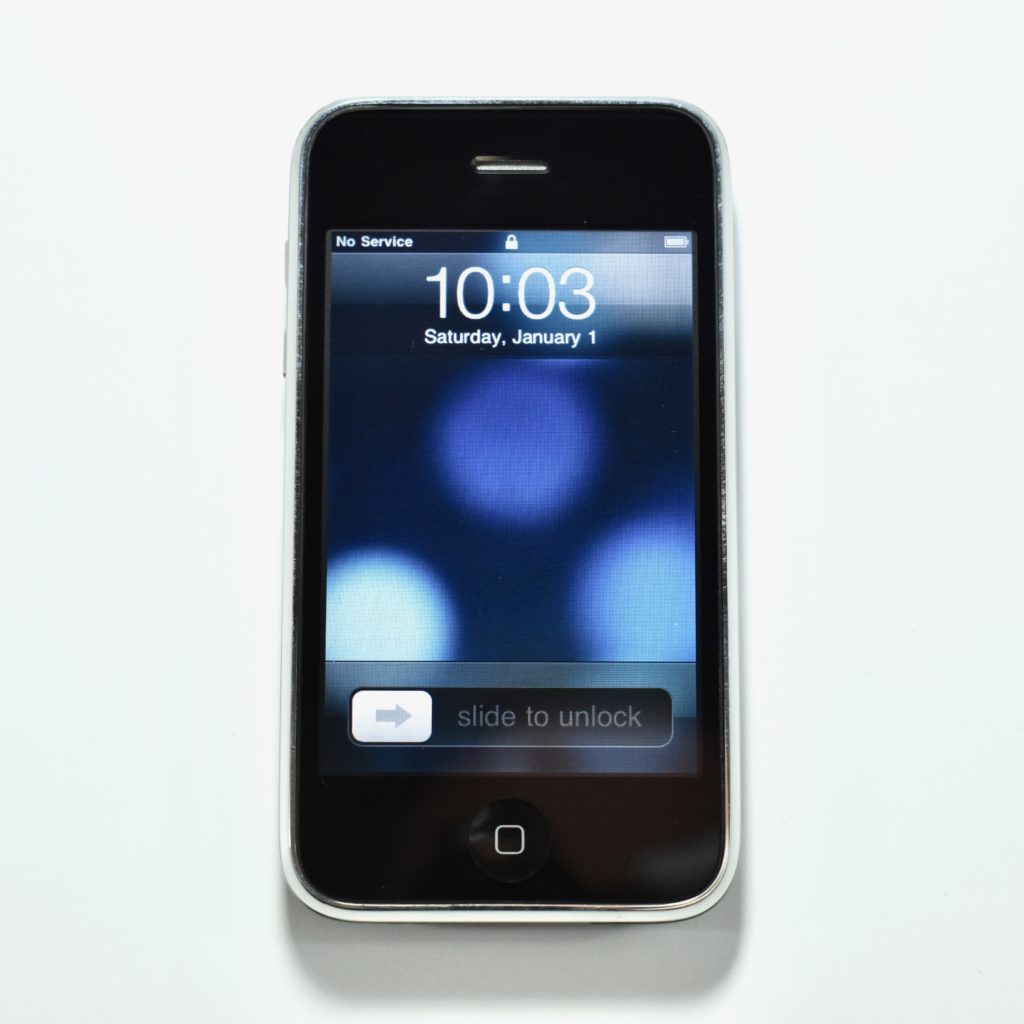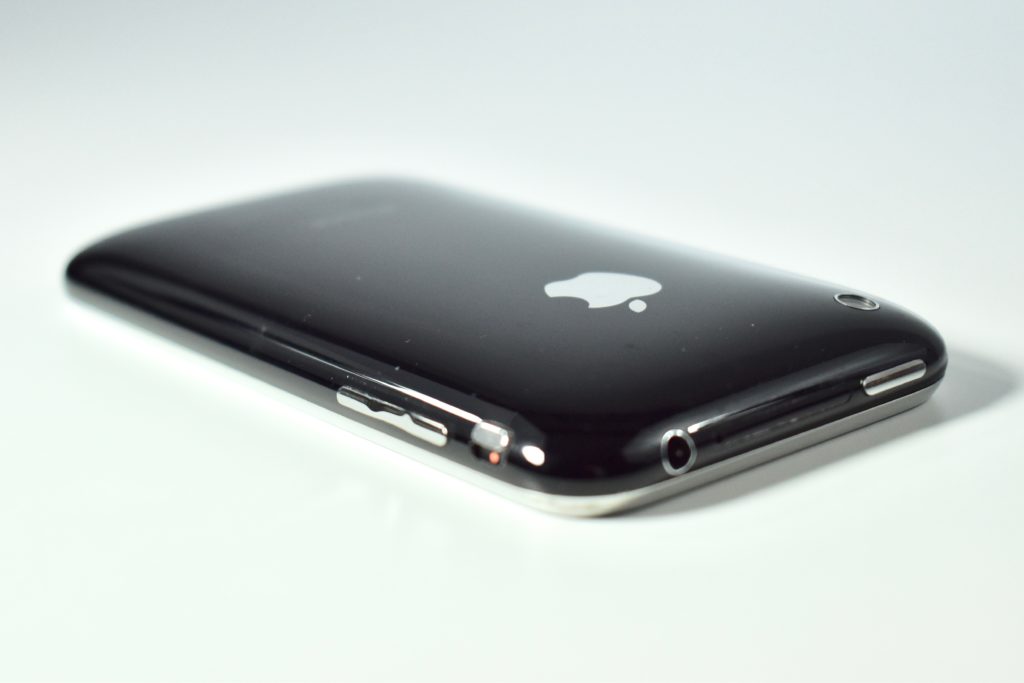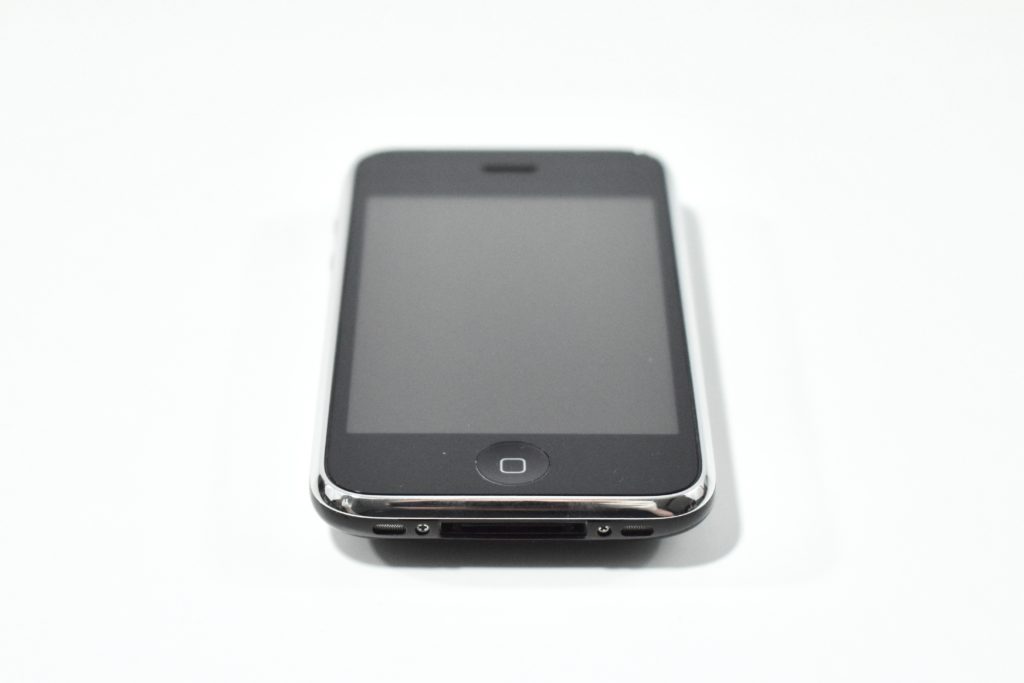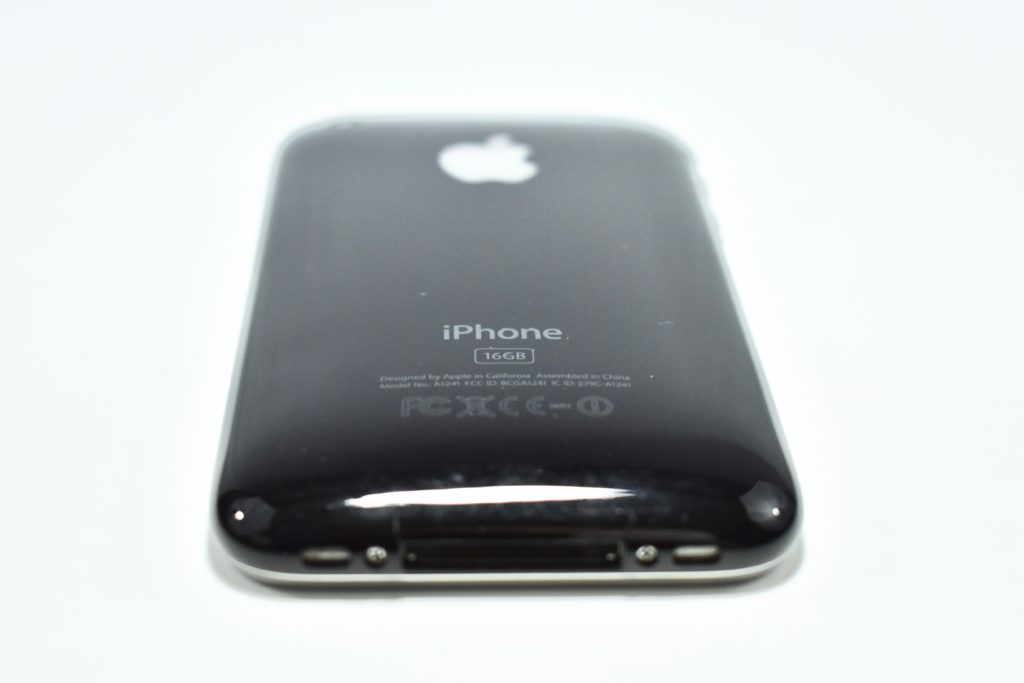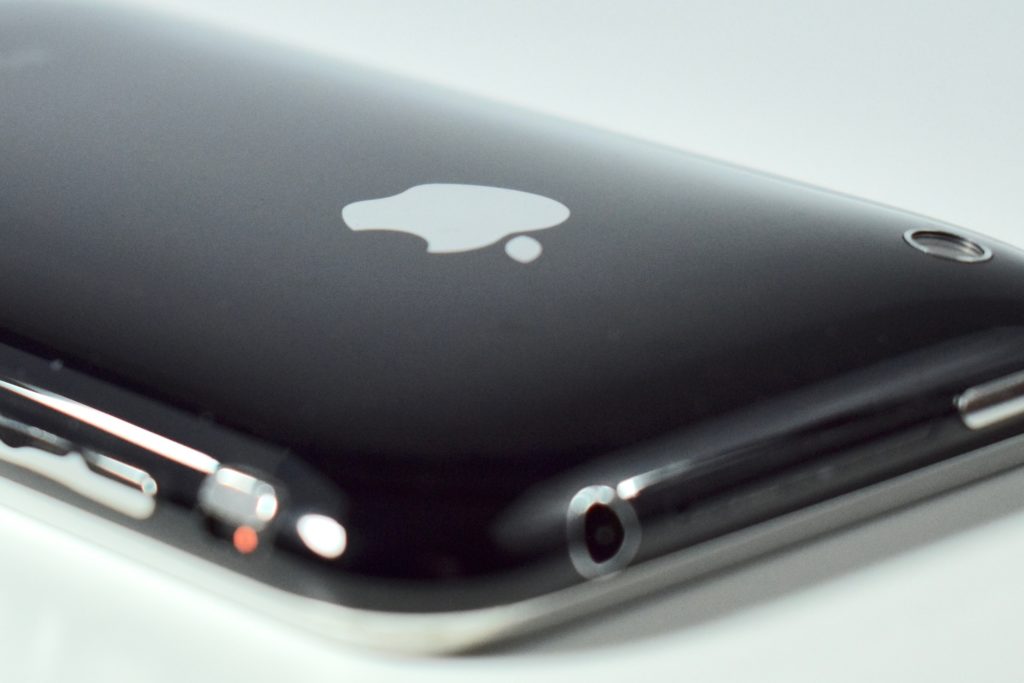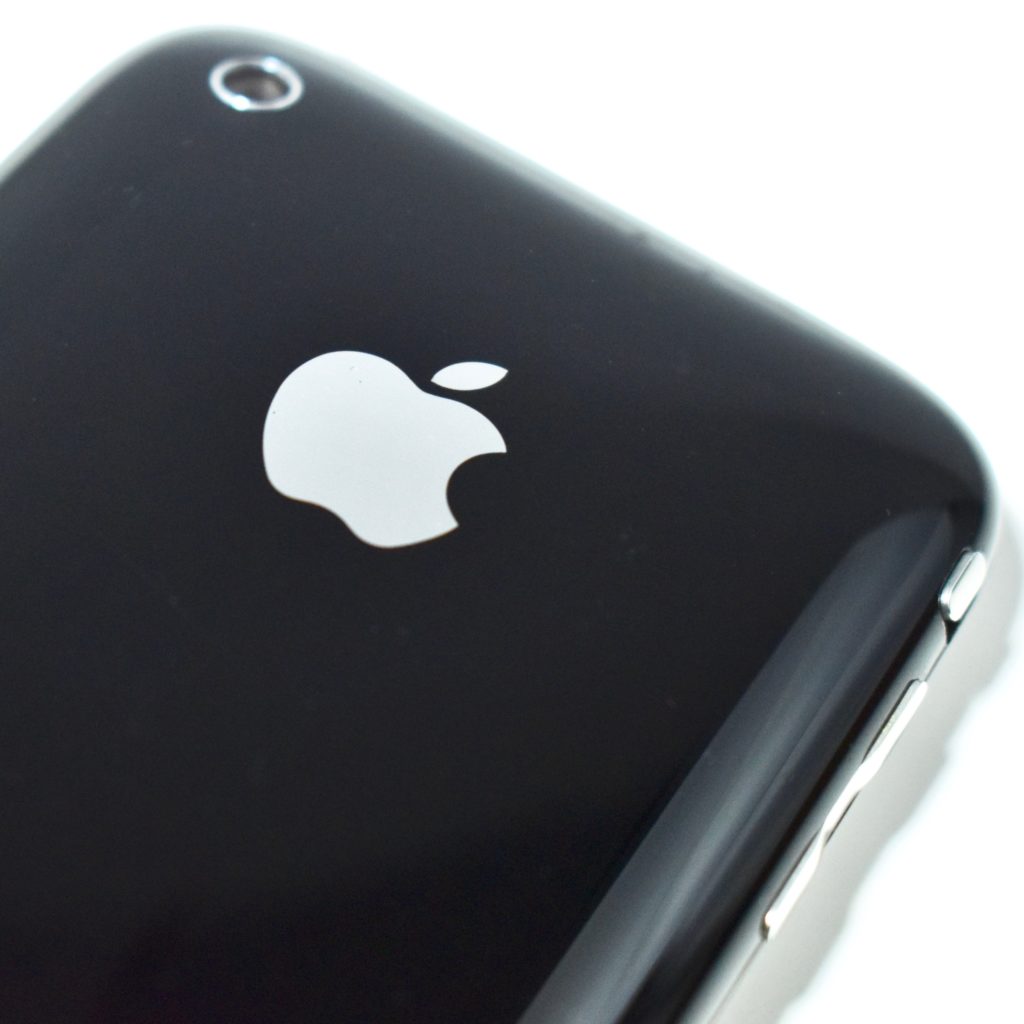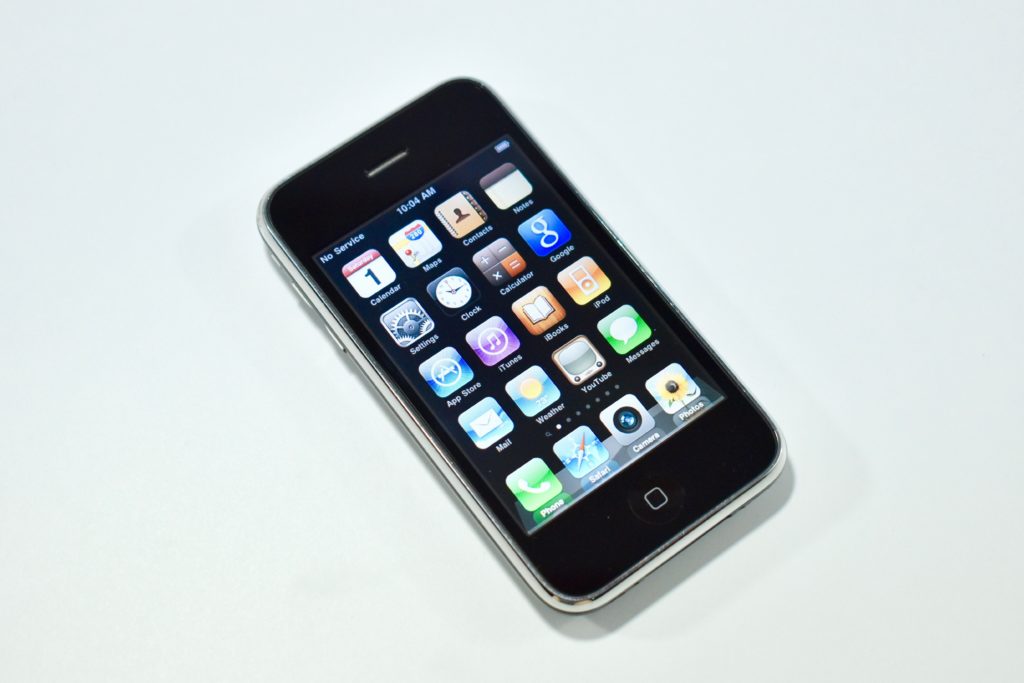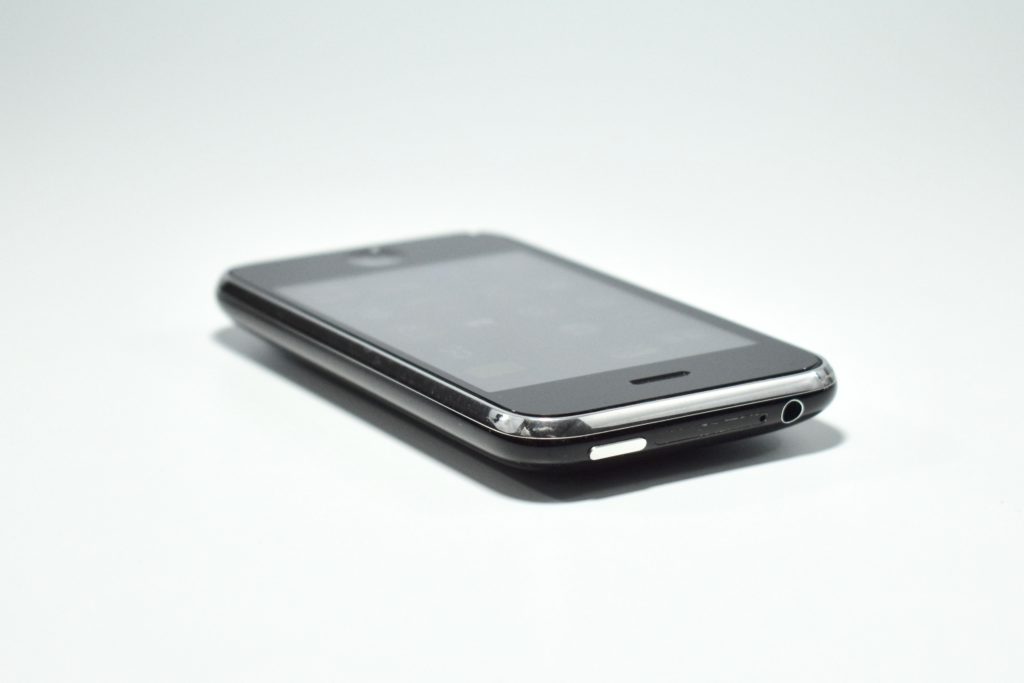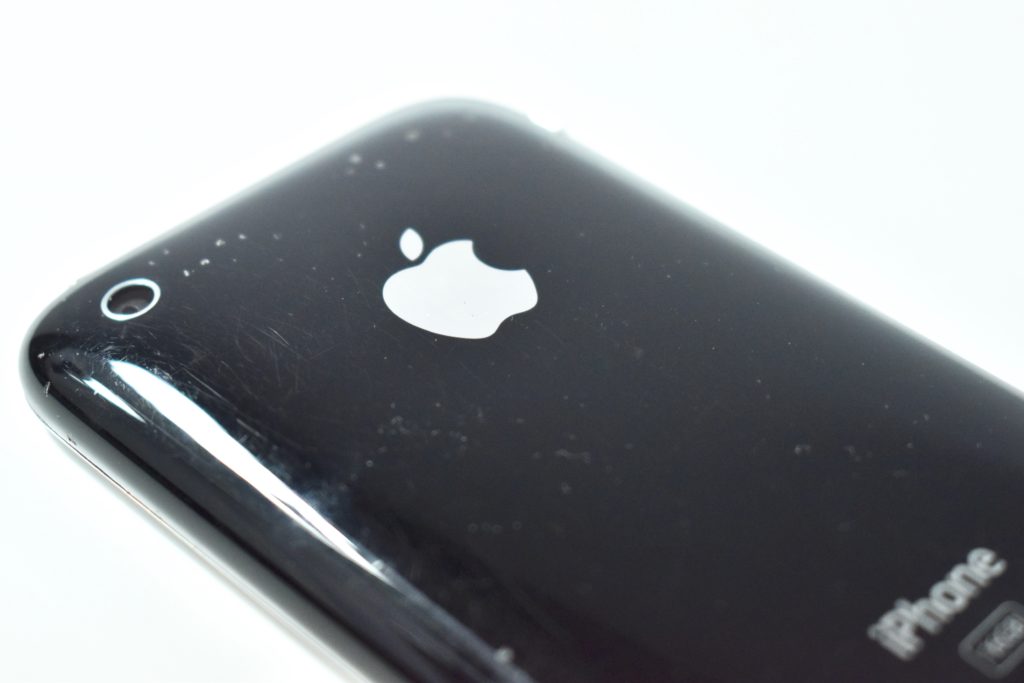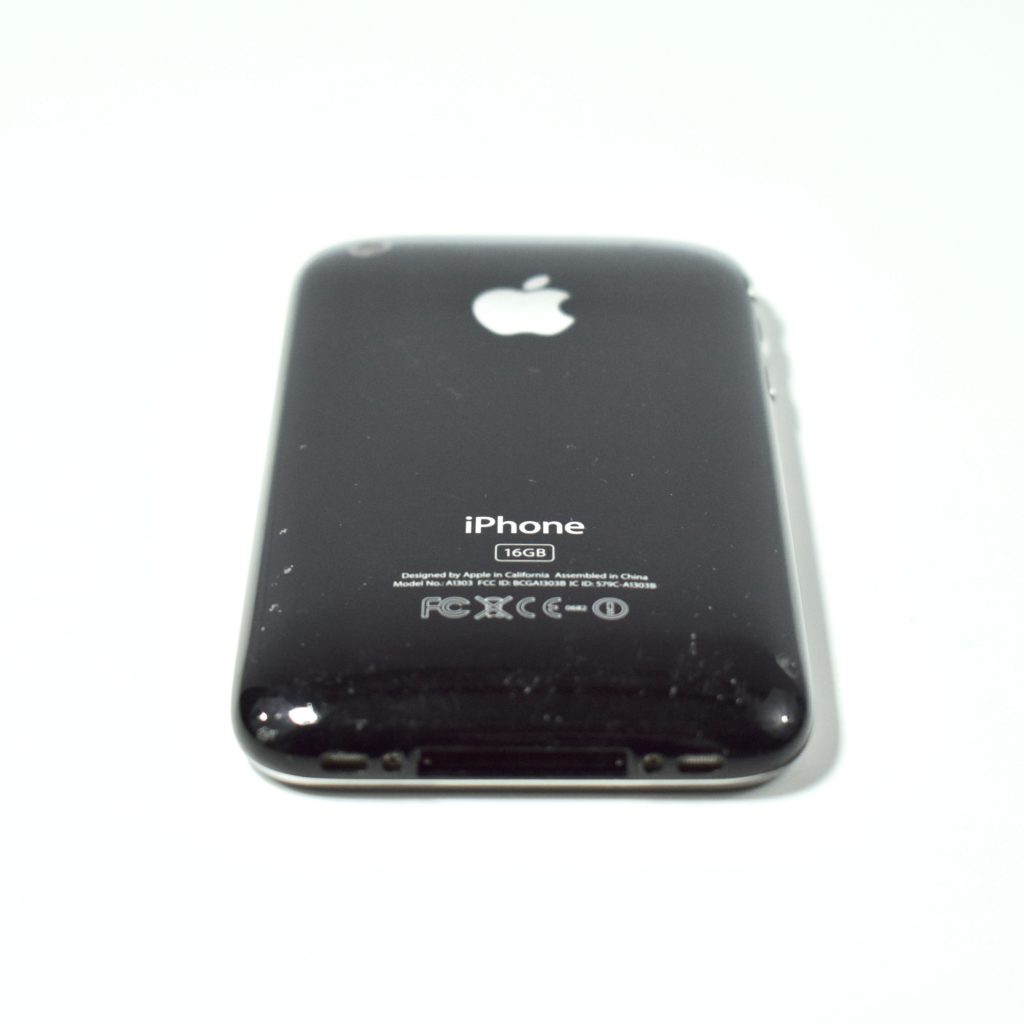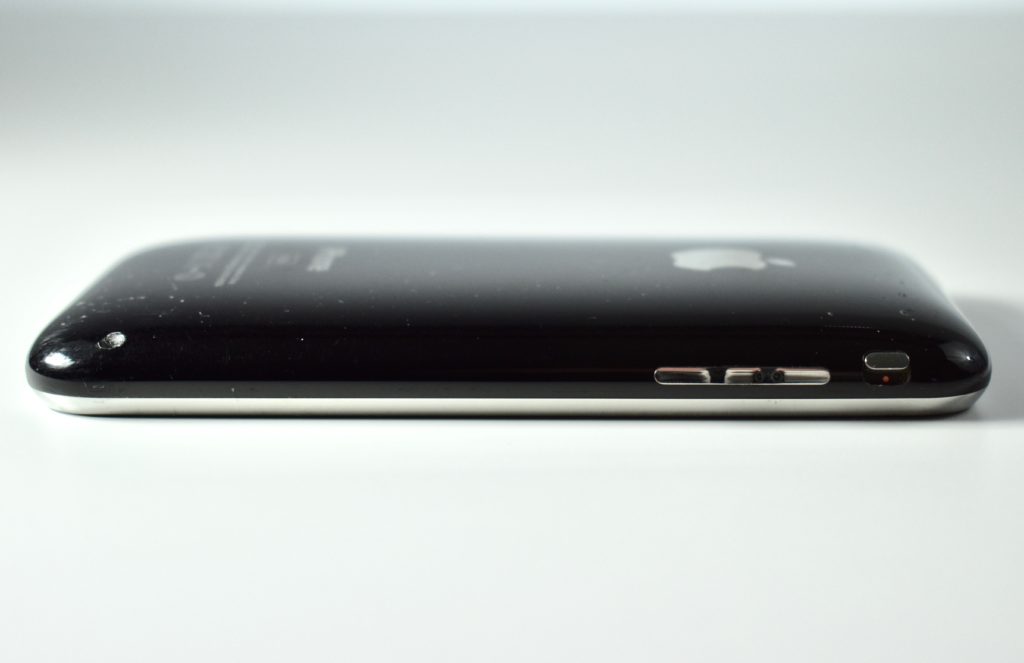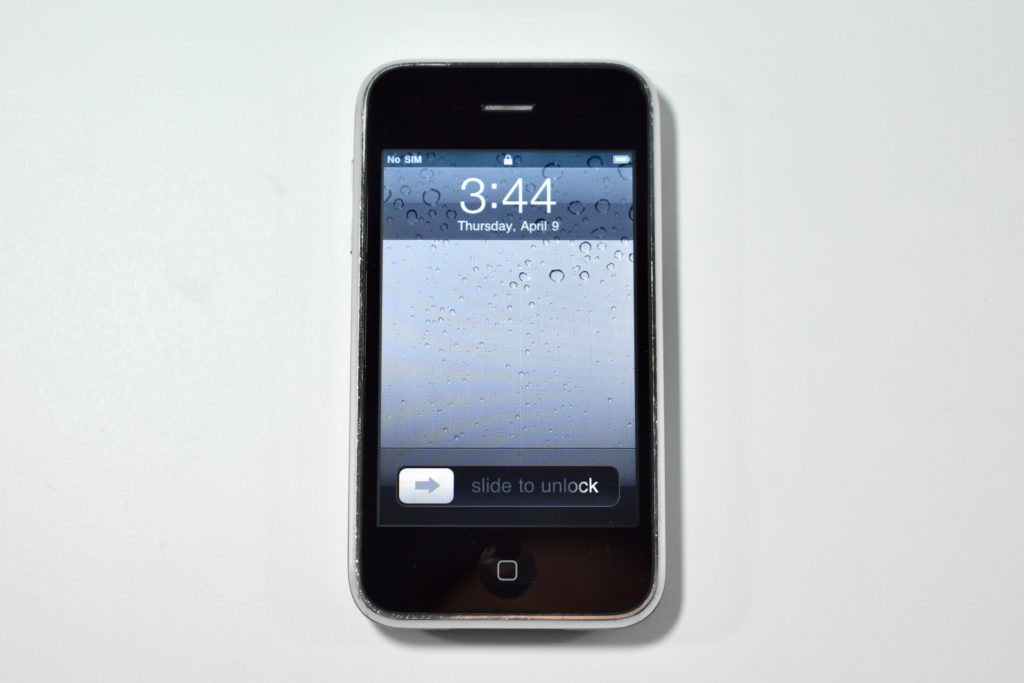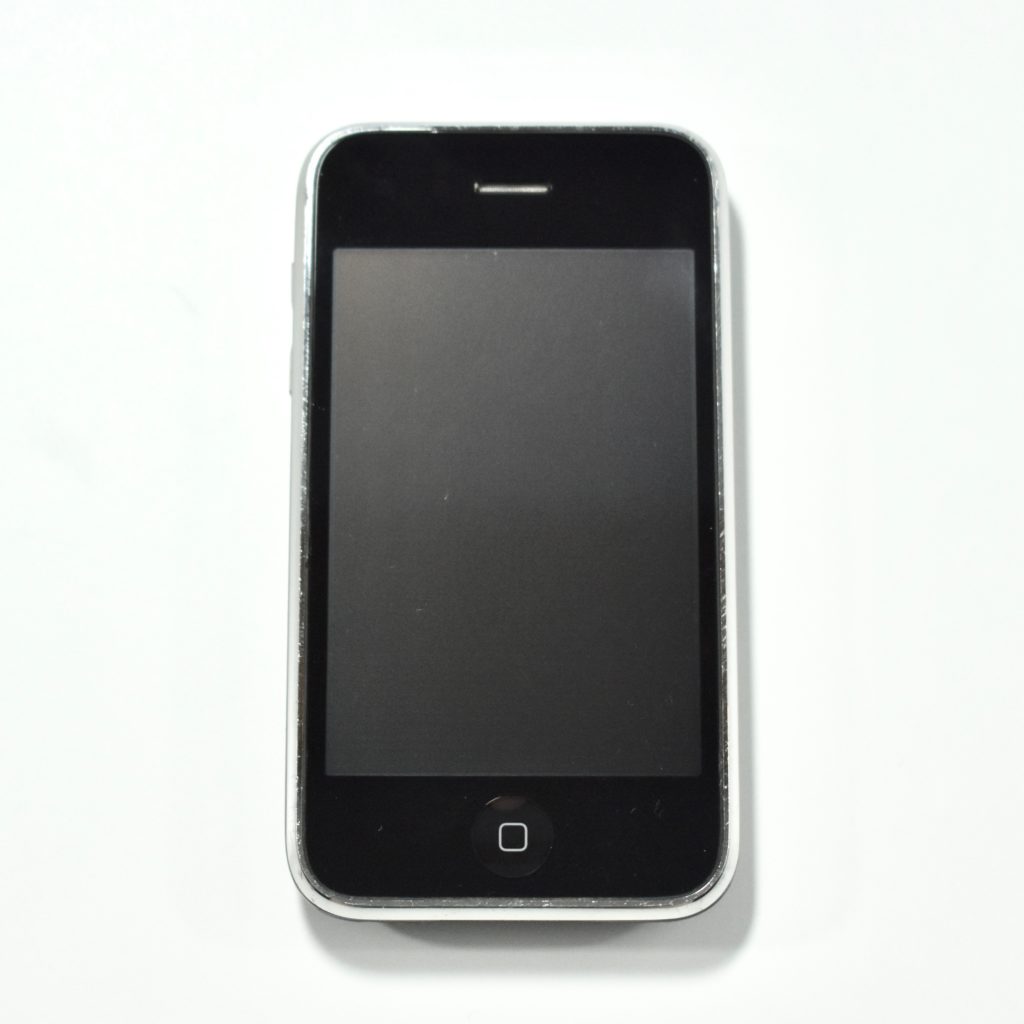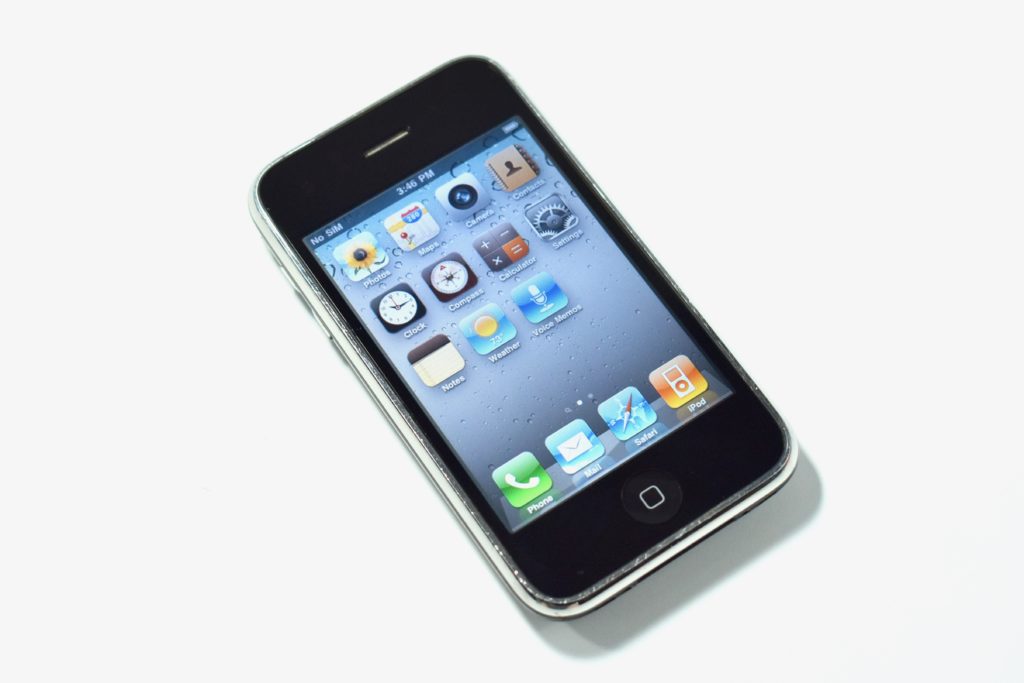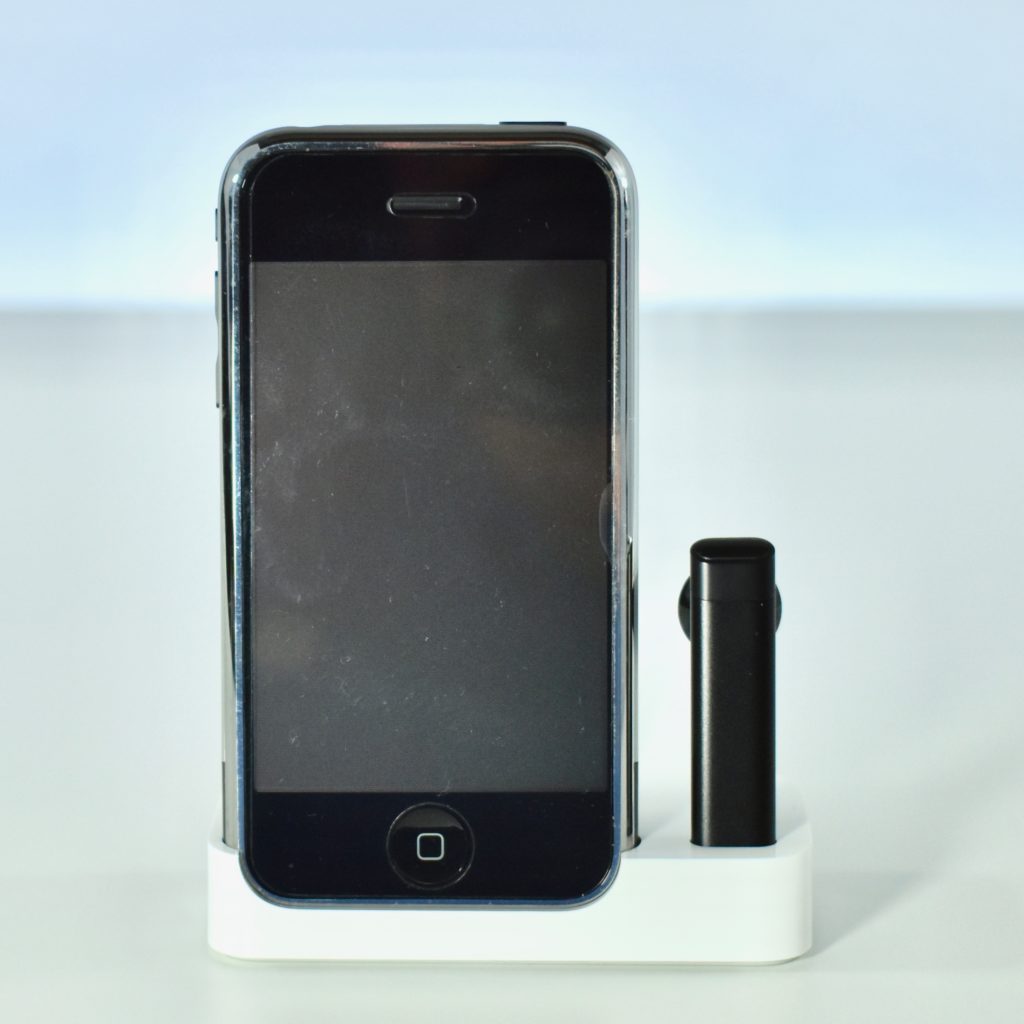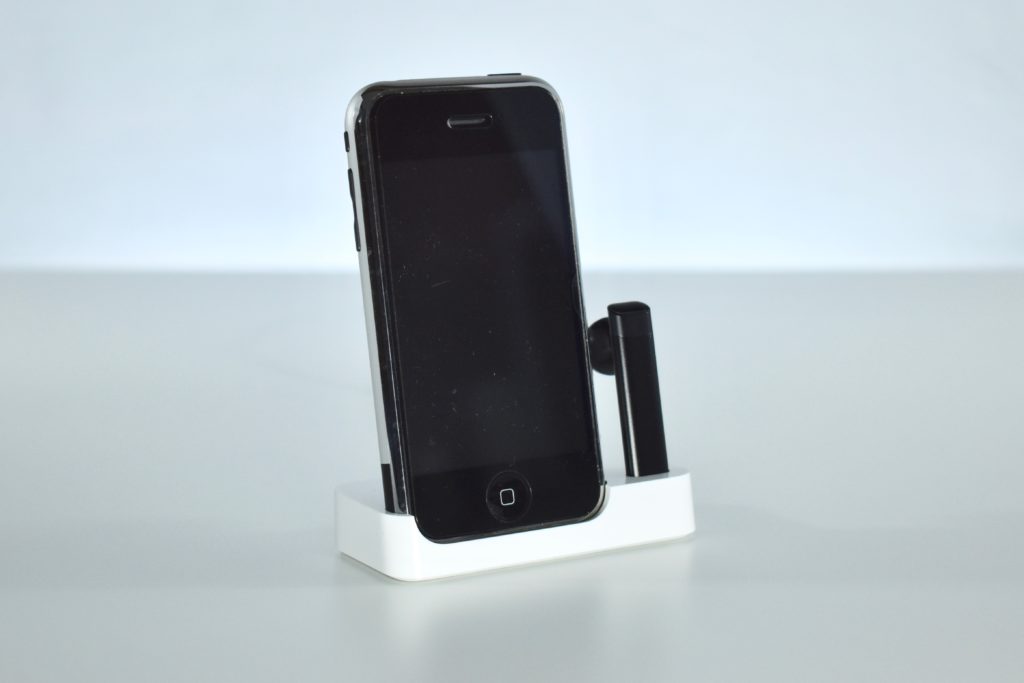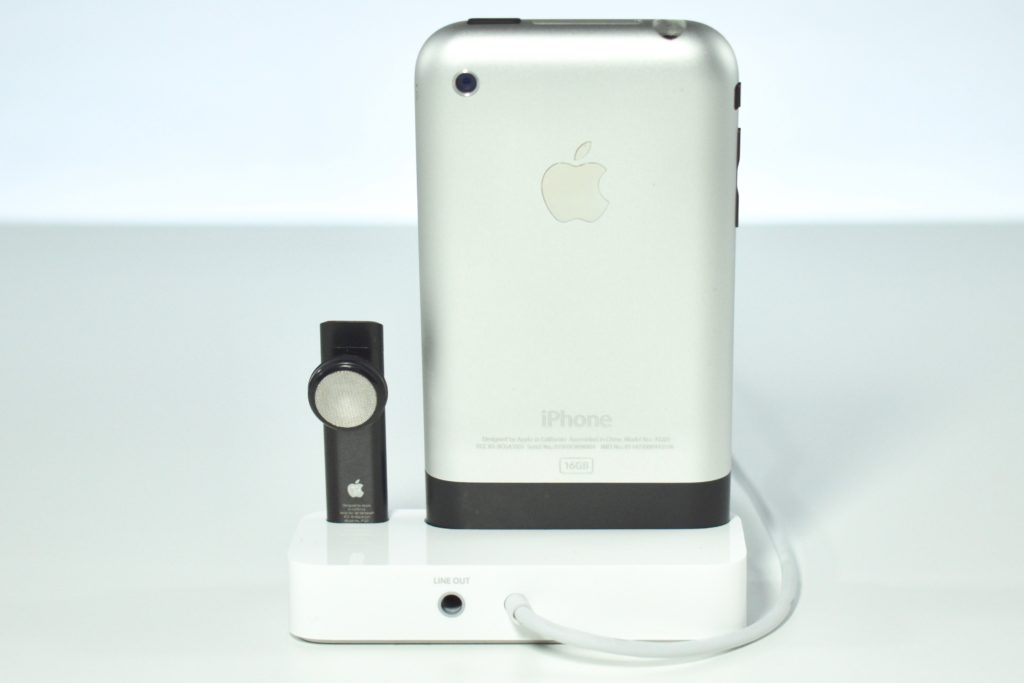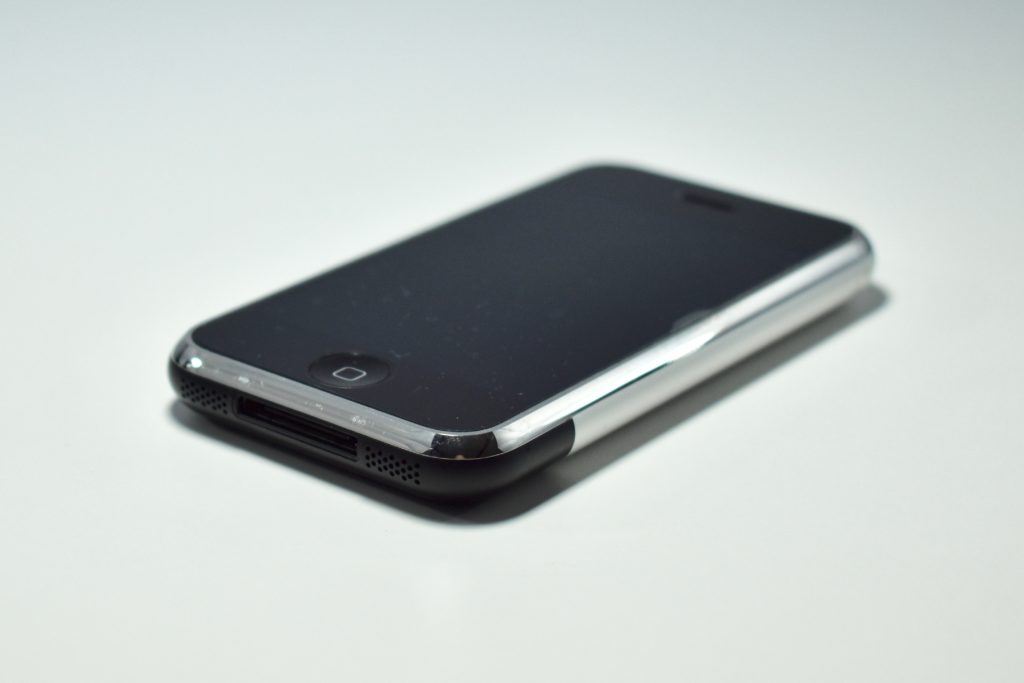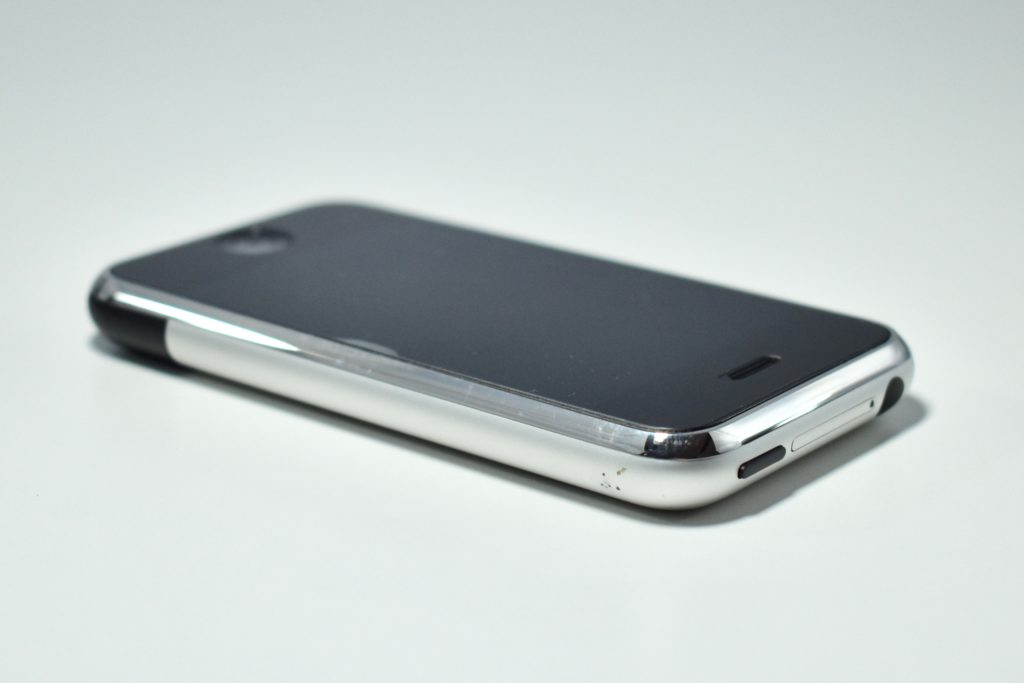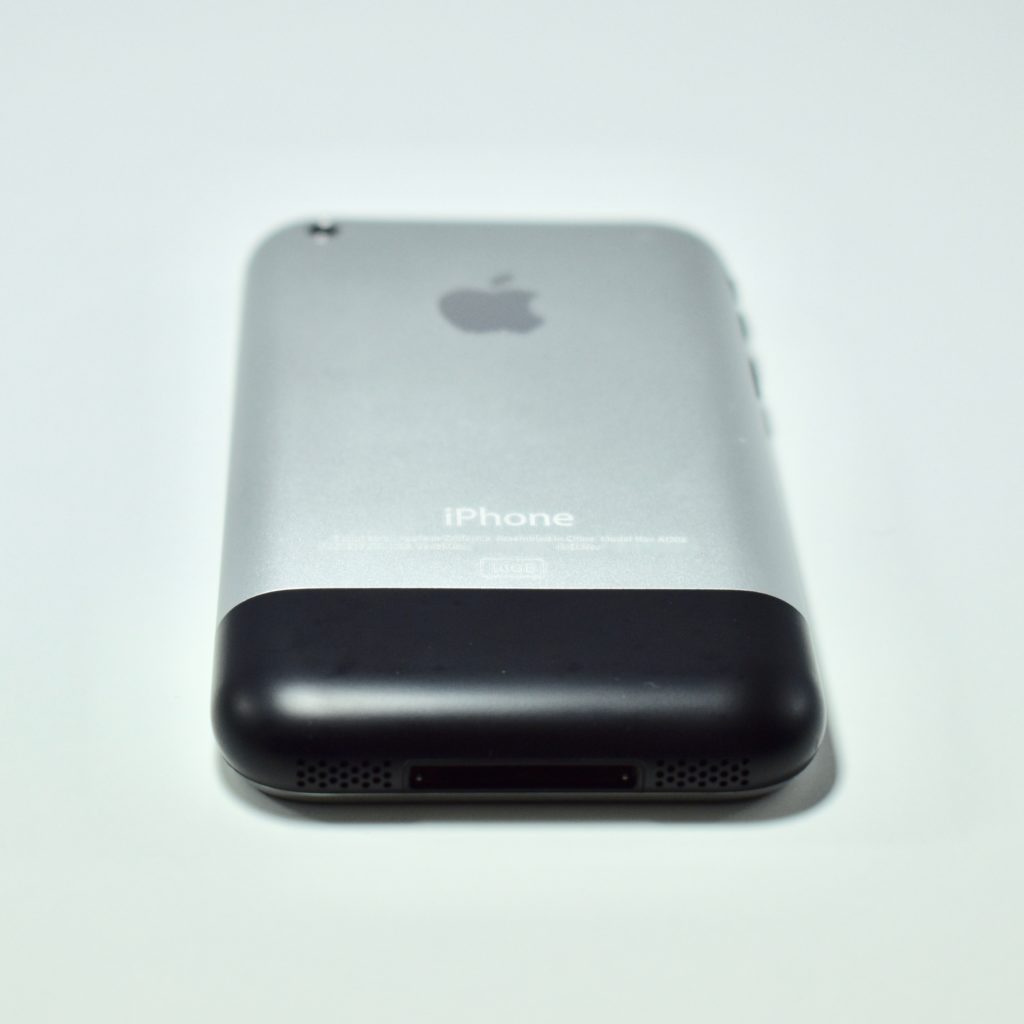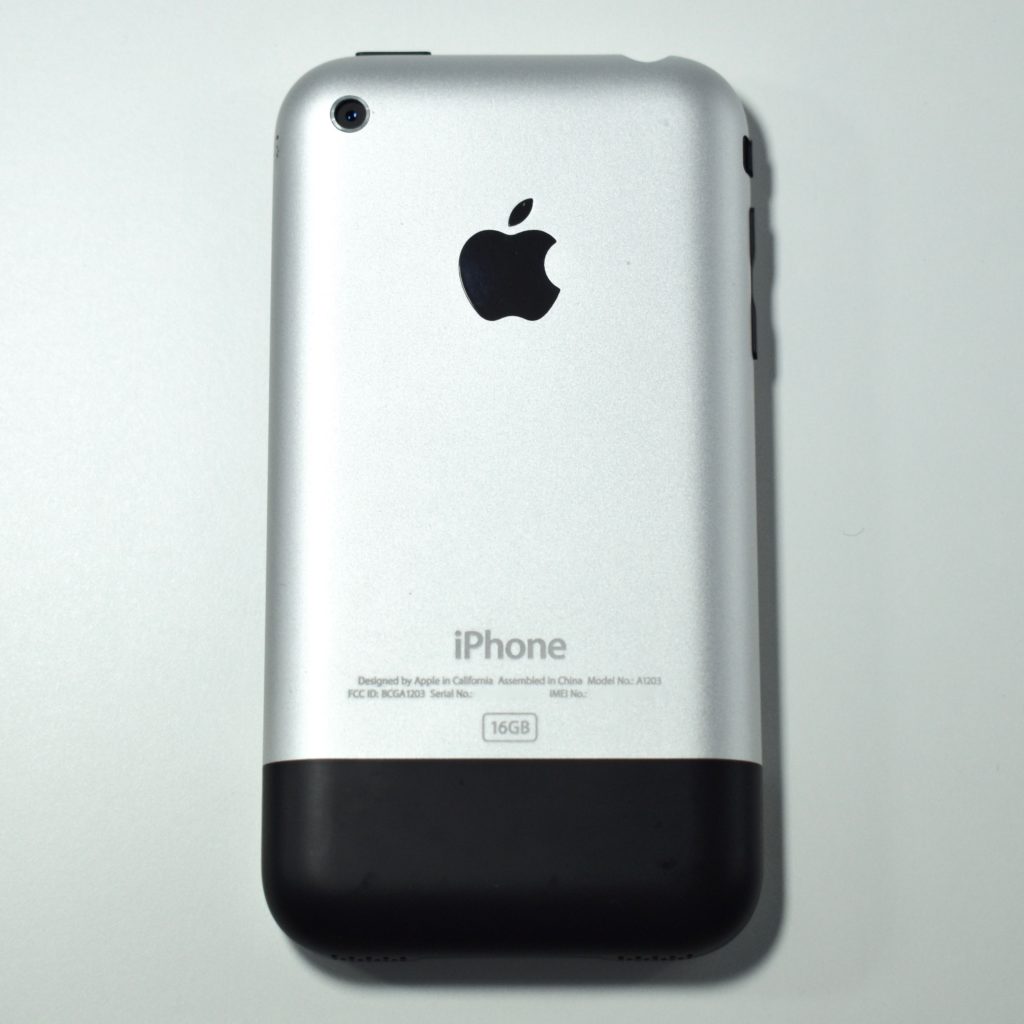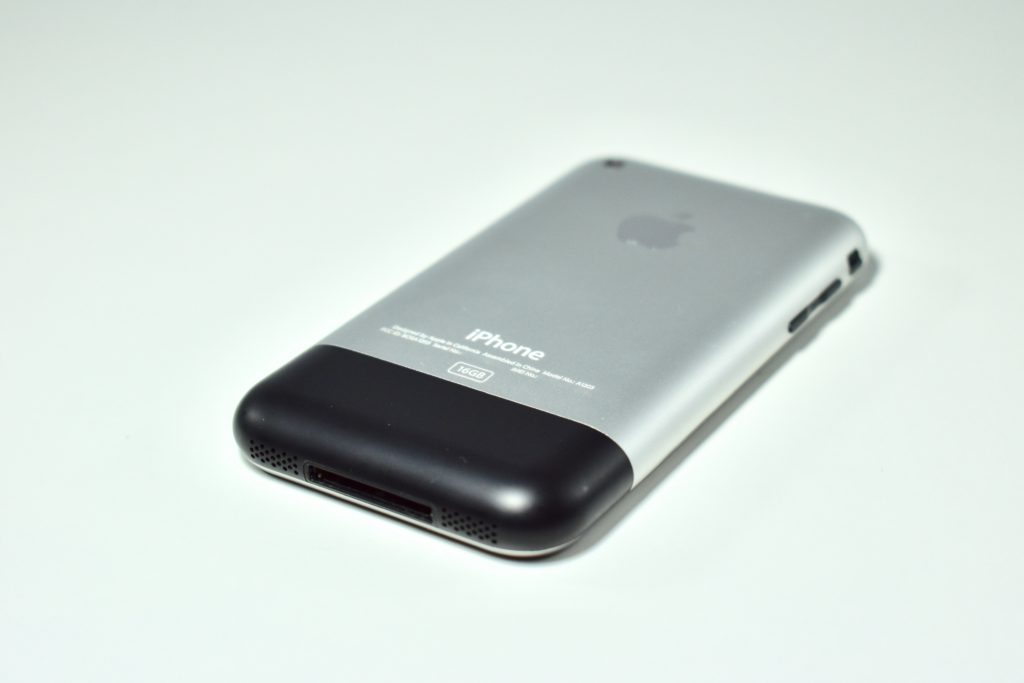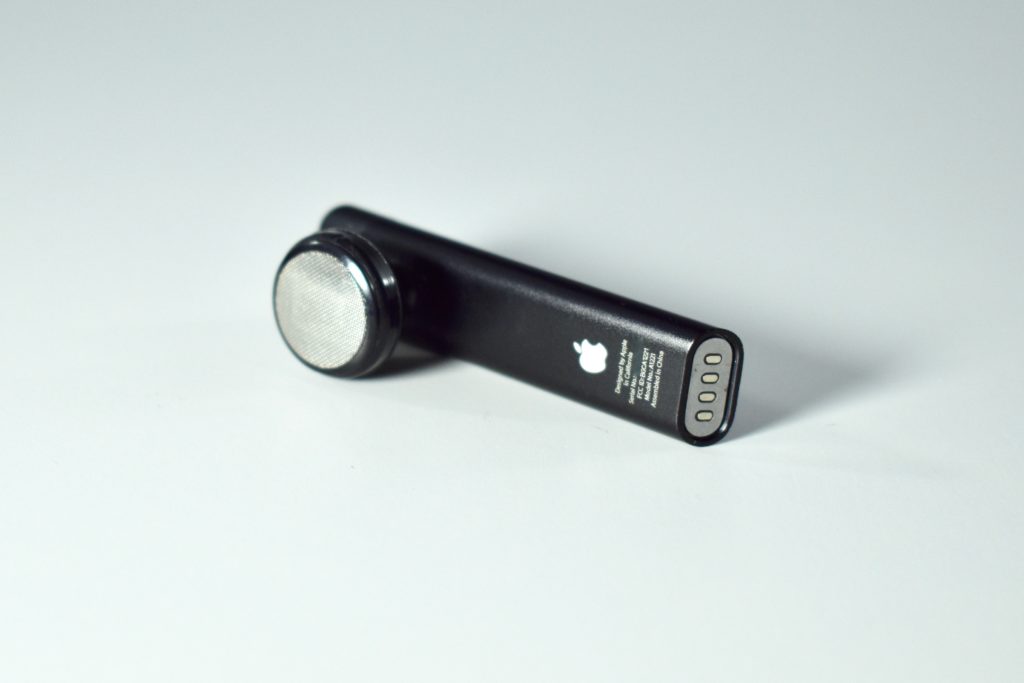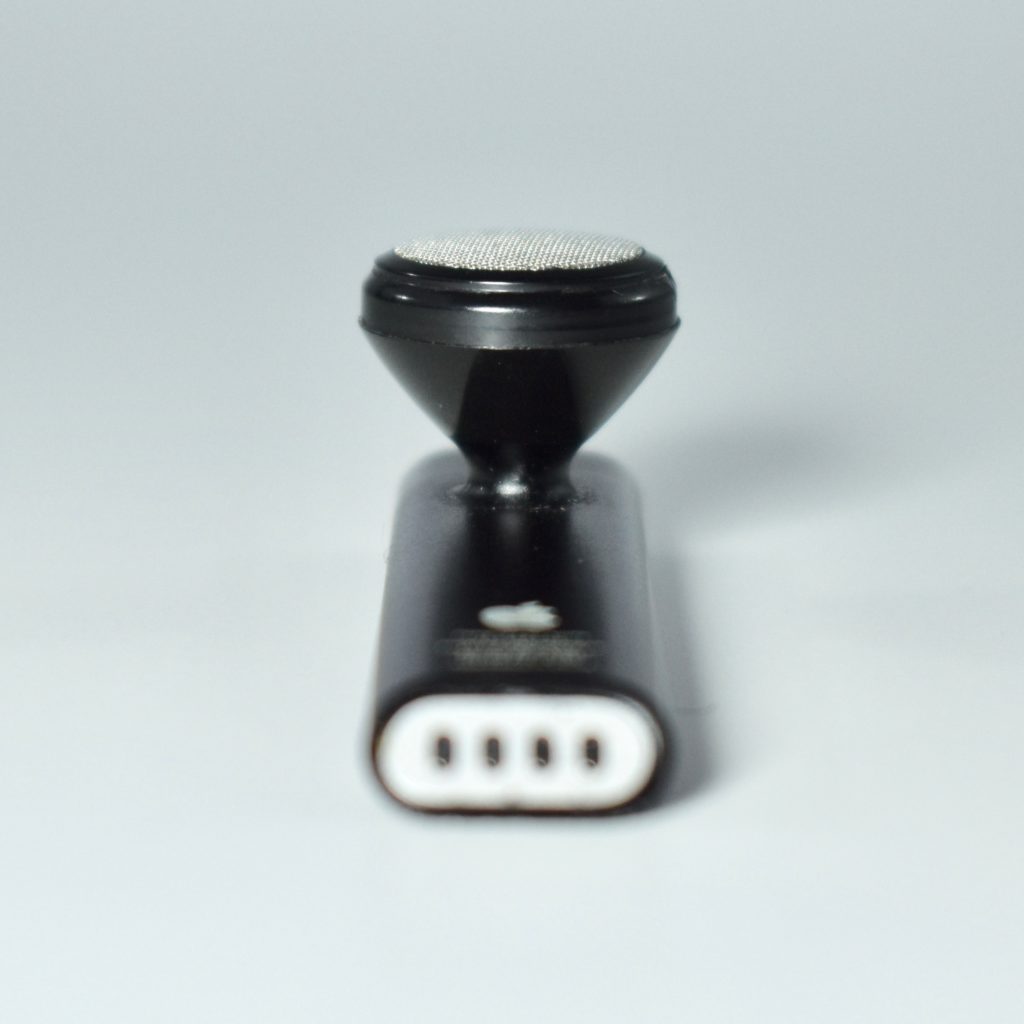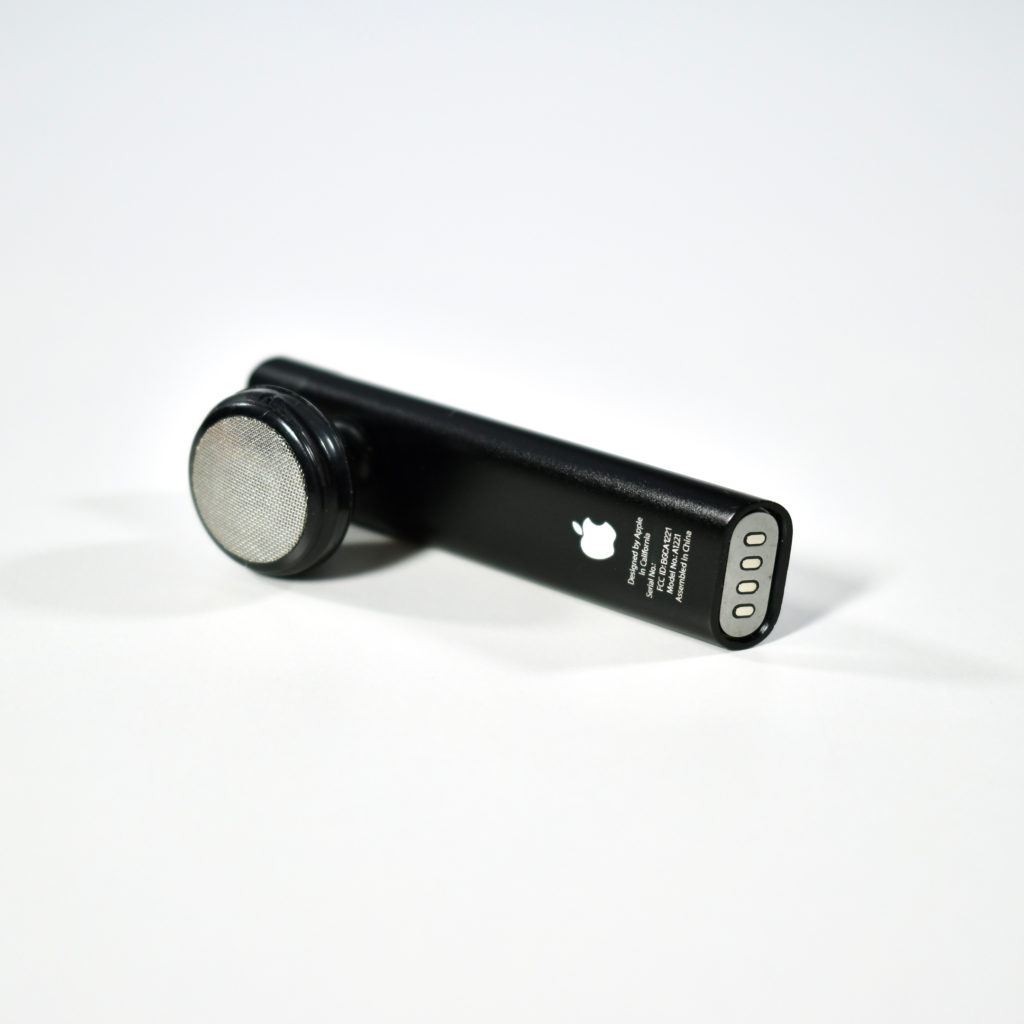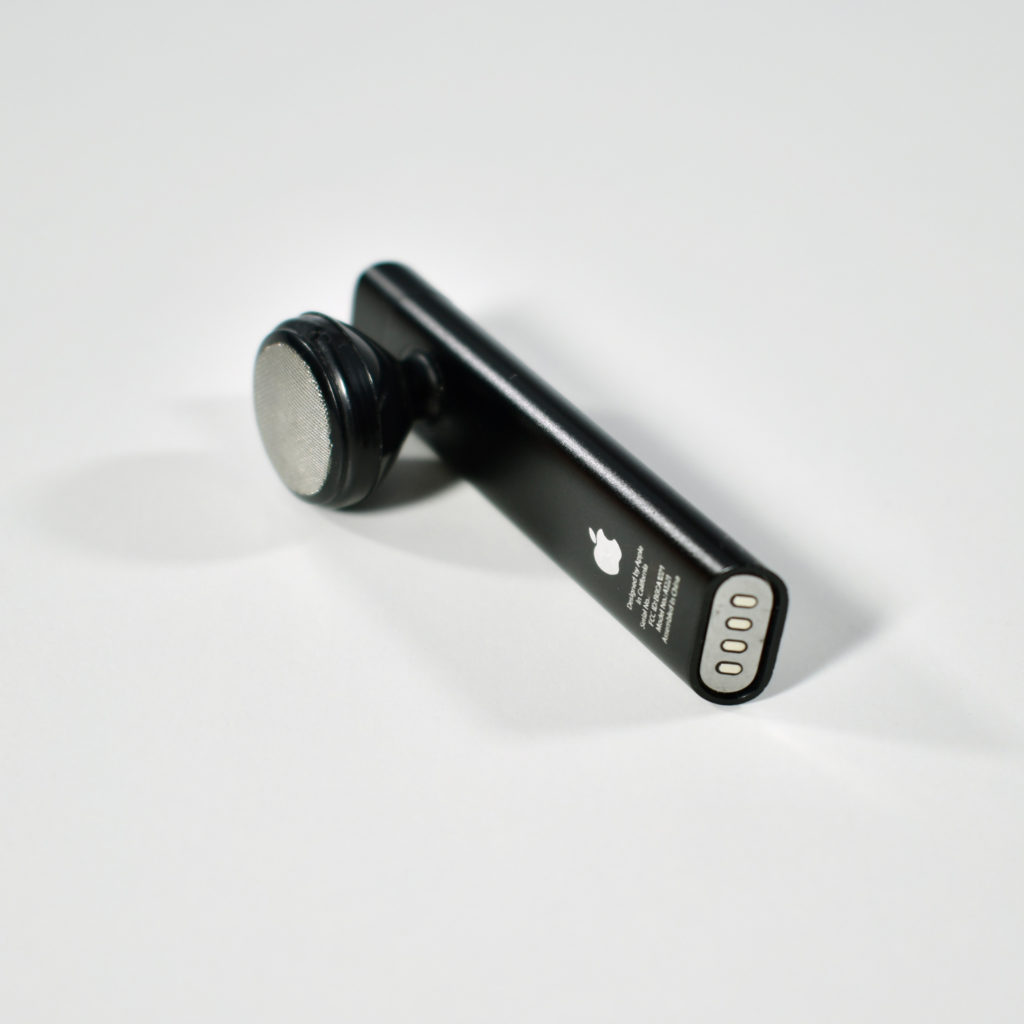The iPhone 3G is similar to the original iPhone in functionality, but adds 3G cellular support and GPS. Although it features the same 320×480 resolution screen, the case is slightly thicker (0.02-inch) than the original, and had a plastic (rather than aluminum) back available in black or white. Both models were available in 8 GB or 16 GB, but the white iPhone 3G was only available in 8 GB.
The GPS functionality allowed the 2.0 megapixel camera to support geotagging. The iPhone 3G uses the same multi-touch interface, accelerometer, ambient light sensor, and proximity sensor capabilities as the original iPhone, except it has two proximity sensors compared to one in the original.
The back of the iPhone 3G has the most curved shape of any iPhone design to date, and has been the only “flagship” iPhone model to ship with a plastic back.
Source: EveryMac.com
